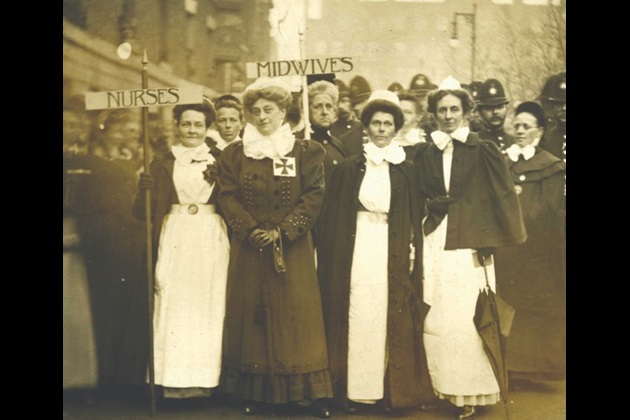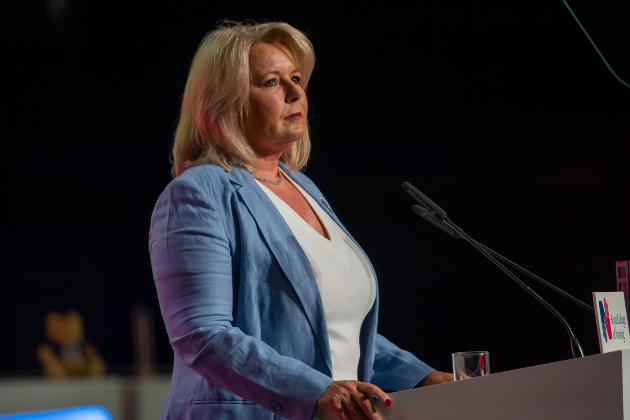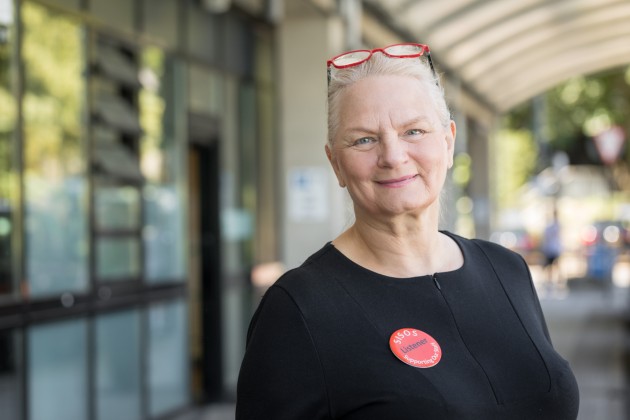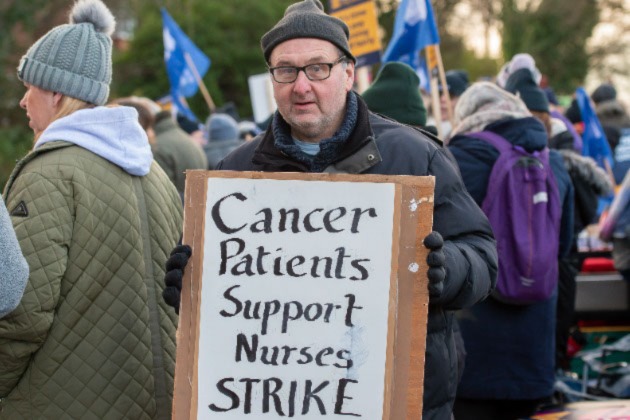One hundred years on from nursing becoming a registered profession, we look back on how the RCN helped make it happen
In 1917, the Nursing Mirror told its readers to: “Wake Up Slackers!” The fight for state registration of nursing was underway, and it needed supporters. But before nursing could be registered, it had to be defined. Was it a medical science? Was it a feminine vocation? There were strong views on both sides. Some resisted registration to preserve their definition of nursing.
Two years later, the Nurses Registration Act finally became law. So how was the battle won?
Starting a fight
At the Nightingale Training School, established in 1860, the concept of a state register began to be discussed.
Doctors, teachers and other professionals already had state registration, but Florence Nightingale was opposed to it for nurses. She believed nursing was “a calling” for those with particular personal qualities and worried that registration would make it harder for working class women to become nurses.
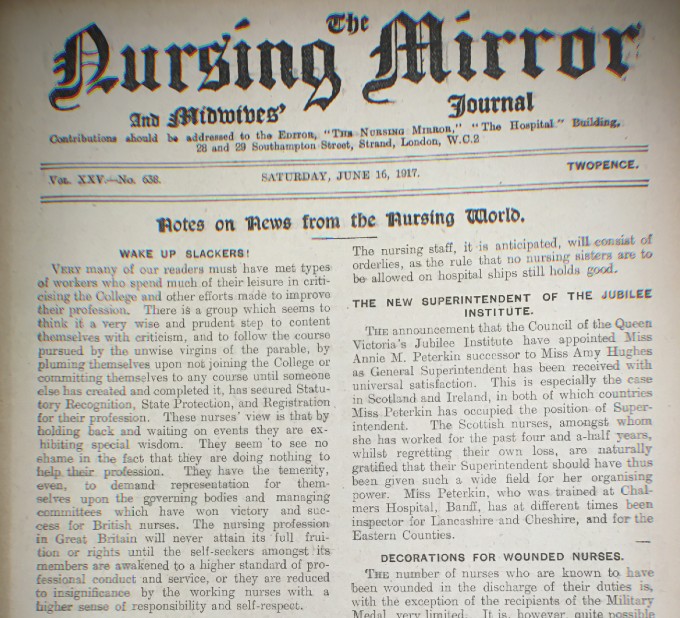
On the other hand, Ethel Gordon Fenwick was a lifelong advocate for registration. As matron of St Bartholomew’s Hospital in the early 1880s, she pioneered longer nurse training. She believed nurses should lead their profession, and that registration could help set standards for nurse training. She founded the British Nurses’ Association in 1887 and the Society for the State Registration of Trained Nurses (SSRTN) in 1902.
By 1904, after two unsuccessful registration bills, a parliamentary select committee was set up. It collected evidence and views from both sides of the debate and recommended starting a register of nurses maintained by a stateappointed body. Eight more bills came and went. In 1914, world events paused the campaign.
The College of Nursing, founded in 1916, influenced the debate during the war. Its founders – Sarah Swift, Arthur Stanley MP, Annie Warren Gill, Mary Rundle and Rachael Cox-Davies – believed a college could unify nurses to improve training and advance their profession. As the need for skilled nurses on the front lines of World War One grew, so did calls for fair pay and working conditions. This fed into the registration debate and the College began campaigning on nurses’ behalf.
Influencing the acts
A new bill was introduced to the House of Commons on 28 March 1919 and the College of Nursing was keen to influence its development. It made a statement, sought support from the Lords and helped direct the debate.
On 22 December 1919, all of the changes were ratified. The next day, the Nurses Registration Act(s) became law, creating three General Nursing Councils (one for England and Wales, one for Scotland and one for Ireland). Each council would compile a register of qualified nurses.
The questions that nursing leaders were asking in 1919 still stand. Can compassion and courage be taught? Does being registered guarantee those qualities? And ultimately, how do we ensure the best patient care?
RCN exhibitions
Find out more about the RCN Library and Heritage Centre's exhibition programme here.


